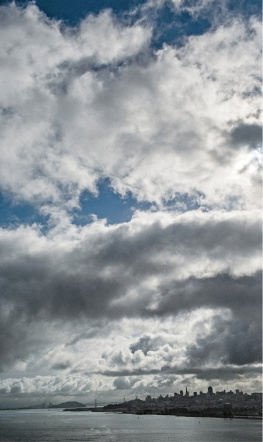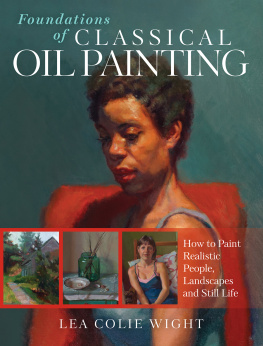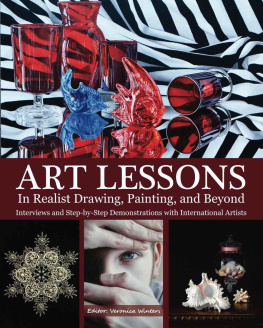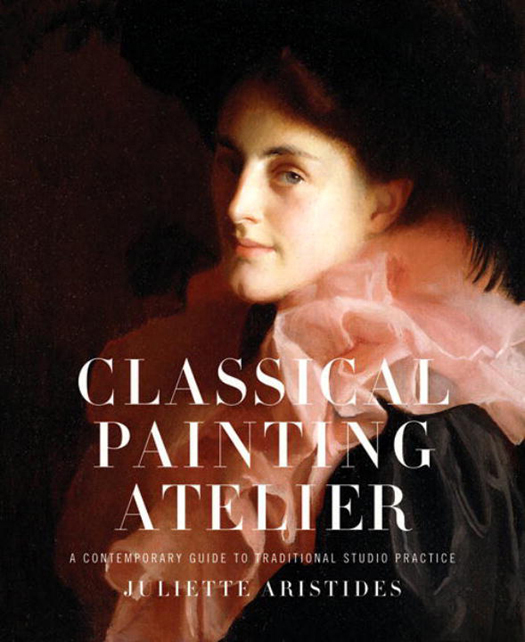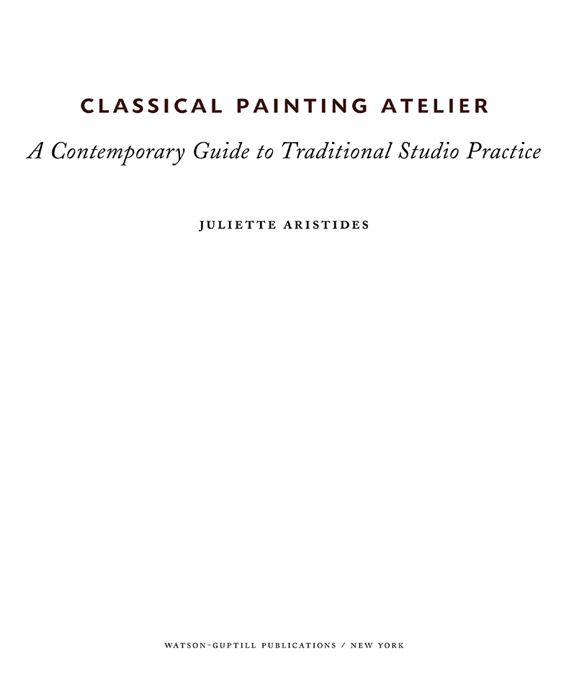Copyright 2008 by Juliette Aristides
First published in 2008 by Watson-Guptill Publications, an imprint of the Crown Publishing Group, a division of Random House Inc., New York
www.crownpublishing.com
www.watsonguptill.com
Library of Congress Cataloging-in-Publication Data
Aristides, Juliette.
Classical painting atelier : a contemporary guide to traditional studio practice / Juliette Aristides.
p. cm.
Includes bibliographical references and index.
1. PaintingTechnique. 2. PaintingStudy and teaching. I. Title.
ND1500.A64 2008
751dc22
2007023000
Every effort has been made to trace the ownership of and to obtain permission to reproduce the material in this book. The author, editors, and publisher sincerely apologize for any inadvertent errors and will be happy to correct them in future editions.
All rights reserved.
eISBN: 978-0-8230-0836-0
v3.1
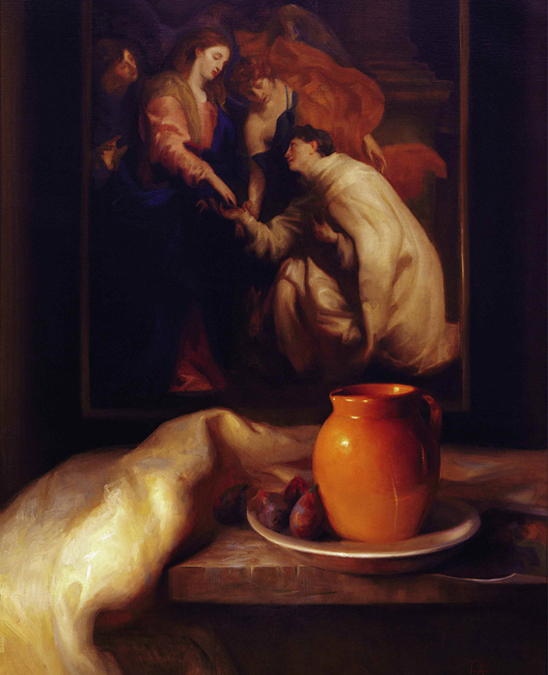
Juliette Aristides, The Spanish Pitcher, 2007, oil on linen, 24 36 inches, collection of David and Lisa Joseph
To my children, Natalia, Jason, and Simon
Acknowledgments
I extend my sincere gratitude to all the people who contributed to the publication of this book. A special thank you to Candace Raney for believing in this project and for the support of the Gage Academy of Arts director, Pamela Belyea, and artistic director, Gary Faigin. My deepest appreciation to Fred and Sherry Ross from the Art Renewal Center (www.artrenewal.com) for your invaluable assistance, including providing permission to reproduce paintings from your impressive collection and for providing many historical works of art. I am particularly grateful to editorial goddesses Sarah Jardine Howard and Alison Hagge for keeping me on track. My appreciation to students, artists, and models who contributed to this publication, especially Michael John Angel and photographer Richard Nicol. I am indebted to Dino Aristides, my husband, for your invaluable assistance and your research into the design systems of ancient Greece. I extend my utmost thanks to Eduardo Fernandez and art historian Carol Hendricks for your research into the lives of the artists. Many thanks to the Marlborough Gallery, Forum Gallery, Arcadia Gallery, and to two great Seattle collectors, Allan Kollar and Susan Winoker, for your contributions to this book. I would like to recognize the support of art lovers Wendy Chung and Alyce Hoggan for your belief in my work. I am obliged to Fred and Sara Harwin and Robert Gamblin for the stimulating discussions on color and the patient answers to my questions. I am thankful for the contribution by Peter Malarkey on sound painting techniques. My gratitude for the sacrifices of my teachers: Bruce Kasper, Myron Barnstone, Wade Shuman, Dale Redpath, Syd Wicker, Carlos Madrid, the instructors at PAFA, and, with special affection, Jacob Collins. With much gratitude, I would like to thank Susan Bari Price; your support as a friend was as instrumental as your contributions to the design of this book. Passed on but not forgotten, Ida Bendhiem, my grandmother, whose art inspired me from my earliest days. Most important, I would like to thank my parents for the years of encouragement.
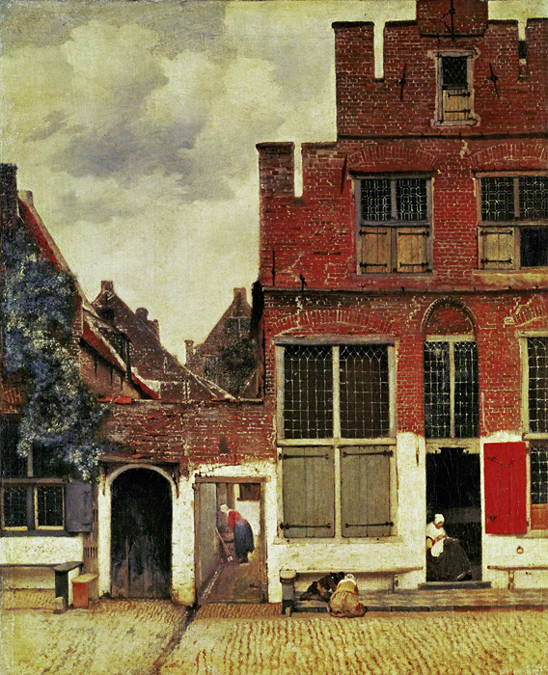
Jan Vermeer, The Little Street of Delft, circa 16571658, oil on canvas, 21 17 inches, Rijksmuseum, Amsterdam, The Netherlands
Photo Credit: Erich Lessing / Art Resource, New York, New York
CONTENTS
FOREWORD
Fred Ross, Chairman, Art Renewal Center
CHAPTER ONE: HISTORICAL AND CONTEMPORARY STUDIO PRACTICES
An Overview of Atelier Training
CHAPTER TWO: COMPOSITION
Design Systems of the Masters
CHAPTER THREE: VALUE
The Power of Limits
CHAPTER FOUR: COLOR
The Full Palette
CHAPTER FIVE: THE PAINTERS PROCESS
Methods and Inspiration
CHAPTER SIX: PAINTING FROM LIFE
The Muse
CHAPTER SEVEN: STILL-LIFE PAINTING
Nature Tamed
CHAPTER EIGHT: PORTRAIT PAINTING
An Intimate Likeness
CHAPTER NINE: FIGURE PAINTING
The Body Divine
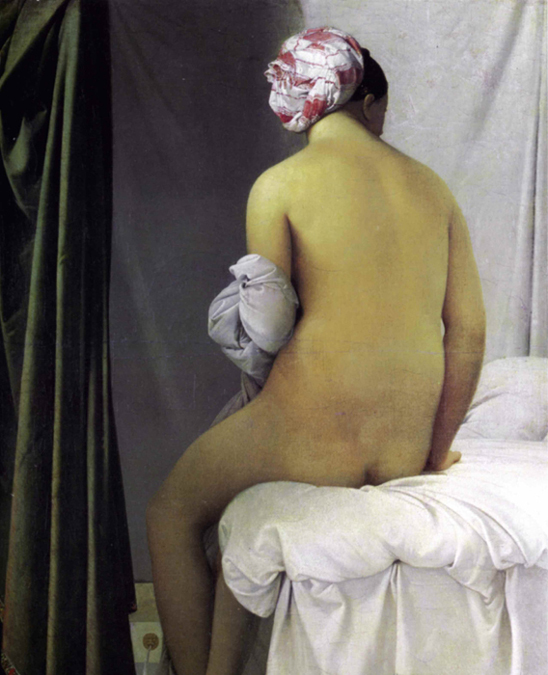
Jean-Auguste-Dominique Ingres, Bathing Woman, 1806, oil on canvas, 57 38 inches, Louvre, Paris, France, courtesy of Art Renewal Center
FOREWORD
The atelier approach to art education has its roots in the guilds of the early Renaissance. For more than five hundred years, master artists transmitted a system of knowledge to their students. This tradition reached its zenith in the second half of the nineteenth century, when ateliers prepared thousands of accomplished artists to paint in dozens of different styles on countless subjects. Skill-based teaching in the nineteenth century was centered on observation of nature, sound artistic principles, and universal themes. Aspiring artists obtained the technical ability, personal commitment, and philosophical views needed to create great art. The impact of Enlightenment thinking, with its respect for human rights and equality before the law, allowed art to expose the evils of slavery and child labor as well as to promote womens rights and other social issues. This new democratic way of thinking, in conjunction with unparalleled classical training, ignited the greatest period of creativity that the fine arts had ever seen.
With a shift in the aesthetics of art-world politics, affected in part by the horrors of World War I and World War II, cynicism, novelty, shock, and rebellion became the fashionable staples of art in the early twentieth century. Art that could be produced rapidly and yet be considered valuable became a dream come true. Modern art, although it may have had claim to a few artists with a sincere desire to experiment and rebel, soon became lost, for without standards or any need to communicate through universal themes, it was easily controlled by those who stood to make vast fortunes from this new quickly made art. Art became art about art not art about life.
Against all odds and facing ridicule, a handful of artists who were still academically trained managed to preserve the core technical knowledge of Western art and to continue the process of teaching another generation. There is now a growing movement of artists demanding to be taught the classical methods. They are part of a new Renaissance that has brought the atelier method full circle and back into the art world of today. In the ateliers of the twenty-first century, artists have once again lit the torch of inspiration with the desire to reunite the powers of masterly painting and humanistic subject matter. As long as humanity is permitted to compare and decide for itself what constitutes art, truth, beauty, and a commitment to excellence will prevail.
FRED ROSS
Chairman, Art Renewal Center


